Home>Gardening & Outdoor>Landscaping Ideas>How To Cook Grass-Fed Meat
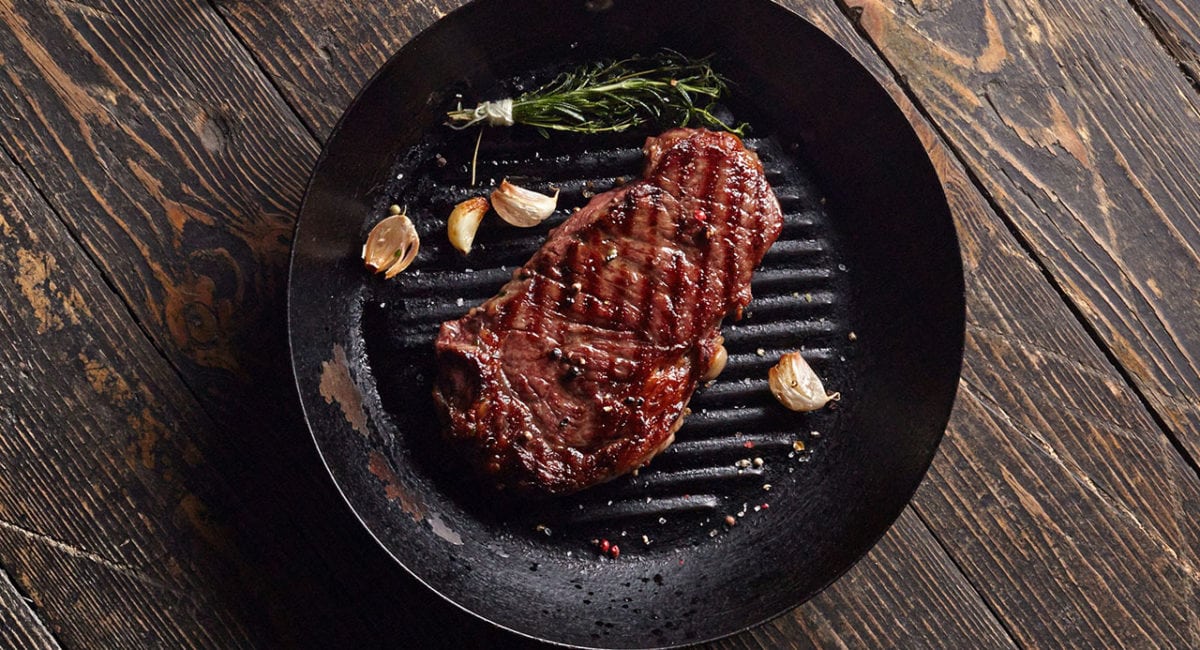

Landscaping Ideas
How To Cook Grass-Fed Meat
Modified: February 18, 2024
Learn the best techniques for cooking grass-fed meat and discover delicious landscaping ideas for your outdoor space. Enhance your meals and your surroundings with our expert tips.
(Many of the links in this article redirect to a specific reviewed product. Your purchase of these products through affiliate links helps to generate commission for Storables.com, at no extra cost. Learn more)
Introduction
If you're passionate about nutrition and sustainability, you've likely heard about the benefits of grass-fed meat. Cooking with grass-fed meat not only offers a delicious dining experience but also supports ethical and environmentally friendly practices. In this comprehensive guide, we'll explore the nuances of cooking with grass-fed meat, from understanding its unique qualities to selecting the perfect cuts and mastering the art of preparation and cooking. Whether you're a seasoned chef or a novice cook, this article will equip you with the knowledge and techniques to elevate your culinary creations with the wholesome goodness of grass-fed meat. So, grab your apron and let's embark on a flavorful journey into the world of grass-fed meat cuisine.
Key Takeaways:
- Grass-fed meat offers superior nutrition, ethical sourcing, and robust flavor. Choose the right cuts, prepare with care, and cook using recommended methods to savor its wholesome goodness.
- Elevate grass-fed meat dishes with herbs, spices, citrus zest, and pan sauces. Rest meat, utilize compound butter, and infuse with garlic and onions for memorable dining experiences.
Read more: What Is Grass-Fed
Understanding Grass-Fed Meat
Grass-fed meat comes from animals that have been raised on a diet primarily consisting of grass and foraged foods, as opposed to grains and other supplements. This natural diet not only aligns with the animals’ biological needs but also results in meat that is notably leaner and richer in key nutrients. Compared to conventionally raised counterparts, grass-fed meat tends to have higher levels of omega-3 fatty acids, conjugated linoleic acid (CLA), and antioxidants, all of which contribute to its superior nutritional profile.
Furthermore, the ethical and environmental implications of choosing grass-fed meat are significant. By supporting sustainable farming practices that prioritize the well-being of animals and the land, consumers can play a role in promoting a more harmonious and responsible food system.
When it comes to flavor, grass-fed meat offers a distinct taste profile characterized by its robust, earthy notes. The meat’s natural flavors are a testament to the animals’ varied and wholesome diet, resulting in a depth of taste that is highly prized by culinary enthusiasts.
Understanding the unique qualities of grass-fed meat is essential for harnessing its full potential in the kitchen. With this foundation in mind, we can delve into the art of selecting and preparing grass-fed meat to create delectable dishes that honor its exceptional attributes.
Choosing the Right Cuts
When it comes to cooking with grass-fed meat, selecting the right cuts is key to achieving optimal flavor and tenderness. Due to its leanness, grass-fed meat requires careful consideration in choosing the appropriate cuts for specific culinary applications. Here are some prime options to consider:
- Steaks: Opt for cuts such as ribeye, sirloin, or tenderloin for grilling or pan-searing. These cuts boast marbling that enhances juiciness and flavor, ensuring a delightful dining experience.
- Roasts: Cuts like chuck roast or rump roast are ideal for slow cooking methods such as braising or roasting. The longer cooking time allows the meat to tenderize while infusing rich, savory flavors.
- Ground Meat: Ground grass-fed meat is versatile and well-suited for dishes like burgers, meatballs, and meatloaf. Look for ground meat with a slightly higher fat content to maintain moisture during cooking.
- Stew Meat: For hearty stews and soups, consider using cuts like brisket or round for their robust texture and ability to absorb flavors from accompanying ingredients.
When purchasing grass-fed meat, consider seeking out a trusted butcher or supplier who can provide guidance on the best cuts for your intended recipes. Additionally, inquire about the animal’s grazing practices and diet to ensure the highest quality and ethical standards.
By carefully selecting the right cuts, you can harness the natural virtues of grass-fed meat and set the stage for culinary creations that celebrate its exceptional qualities.
Preparing Grass-Fed Meat
Preparing grass-fed meat requires a thoughtful approach to maximize its tenderness and flavor. Here are essential steps to prepare grass-fed meat for cooking:
- Thawing: If your grass-fed meat is frozen, plan ahead for proper thawing. Place the meat in the refrigerator and allow it to thaw slowly, ensuring even defrosting without compromising its texture.
- Tempering: Before cooking, allow the meat to come to room temperature. This process, known as tempering, promotes even cooking and helps prevent the meat from toughening during the cooking process.
- Marinating: Consider marinating grass-fed meat to enhance its tenderness and infuse it with complementary flavors. Opt for acidic marinades containing ingredients like citrus juice, vinegar, or yogurt to tenderize the meat effectively.
- Seasoning: Prior to cooking, season the meat generously with salt and pepper or your preferred seasonings. This step not only enhances the meat’s natural flavors but also forms a delicious crust during cooking.
- Trimming: While grass-fed meat is lean and nutritious, it may benefit from light trimming to remove any excess exterior fat. This step can help prevent flare-ups during grilling and allows for better control of the cooking process.
By following these preparatory measures, you can ensure that your grass-fed meat is primed for a culinary experience that showcases its inherent qualities while elevating its tenderness and taste.
When cooking grass-fed meat, use a lower heat and shorter cooking time compared to grain-fed meat to prevent it from becoming tough and dry. Grass-fed meat cooks faster due to its lower fat content.
Cooking Grass-Fed Meat
Cooking grass-fed meat to perfection involves understanding its unique characteristics and employing techniques that accentuate its natural flavors. Here are some recommended methods for cooking grass-fed meat:
- Grilling: For steaks and chops, grilling over direct heat can impart a delightful smokiness while allowing the meat’s natural flavors to shine. Aim for medium-high heat and a shorter cooking time to achieve a juicy and tender result.
- Searing: Searing grass-fed meat in a hot skillet or pan creates a caramelized crust that enhances its savory profile. Use a high-heat cooking oil or fat and refrain from moving the meat excessively to encourage proper browning.
- Braising: Slow-cooking tougher cuts in a flavorful liquid, such as broth or wine, can transform them into succulent and fork-tender dishes. This method is ideal for roasts and stew meat, allowing the meat to absorb rich, aromatic flavors while becoming exquisitely tender.
- Roasting: Utilize dry heat in the oven to roast grass-fed meat, ensuring consistent and gentle cooking. Keep an eye on the internal temperature and consider using a meat thermometer to achieve the desired level of doneness.
- Broiling: Broiling is a fantastic method for achieving a beautifully charred exterior while maintaining the meat’s juiciness. Adjust the distance between the heat source and the meat to control the cooking process effectively.
Regardless of the cooking method chosen, it’s crucial to monitor the meat closely to prevent overcooking, as grass-fed meat generally cooks faster than grain-fed varieties due to its lower fat content. Aim for a slightly lower internal temperature than conventional guidelines to preserve the meat’s tenderness and succulence.
By mastering the art of cooking grass-fed meat, you can unlock its full potential and savor the wholesome flavors that distinguish it as a culinary treasure.
Read more: What Is Grass-Fed Beef
Tips for Flavor and Texture
Enhancing the flavor and texture of grass-fed meat involves a blend of culinary finesse and thoughtful preparation. Consider the following tips to elevate your grass-fed meat dishes:
- Resting: After cooking, allow the meat to rest for a few minutes before slicing or serving. This crucial step enables the juices to redistribute, resulting in a more succulent and tender eating experience.
- Utilize Herbs and Spices: Experiment with a diverse array of herbs, spices, and aromatic ingredients to complement the earthy richness of grass-fed meat. Fresh herbs like rosemary, thyme, and oregano can impart delightful nuances, while spices such as cumin, paprika, and coriander can add depth and complexity to your dishes.
- Employ Citrus Zest: Grate citrus zest, such as lemon or orange, over grilled or roasted grass-fed meat to introduce a bright and zesty dimension that harmonizes with its natural flavors.
- Infuse with Garlic and Onions: Incorporate garlic and onions into your marinades, rubs, or cooking preparations to infuse the meat with layers of savory umami and aromatic sweetness.
- Accompany with Compound Butter: Elevate the richness of grass-fed meat by serving it with compound butter infused with herbs, spices, or citrus zest. The melting butter adds a luxurious finish to the dish.
- Consider Pan Sauces: Capture the essence of the cooking process by crafting pan sauces using flavorful liquids like broth, wine, or balsamic vinegar. These sauces can enhance the meat’s juiciness and provide a delectable finishing touch.
By incorporating these tips into your culinary repertoire, you can enhance the flavor and texture of grass-fed meat, creating memorable dining experiences that celebrate its natural virtues and culinary potential.
Conclusion
Embarking on the journey of cooking with grass-fed meat opens a world of culinary exploration, ethical stewardship, and nutritional abundance. By understanding the unique qualities of grass-fed meat and embracing the art of selecting, preparing, and cooking it, you can create dishes that not only delight the palate but also reflect a commitment to sustainable and wholesome dining.
Choosing the right cuts of grass-fed meat sets the stage for culinary excellence, allowing you to tailor your recipes to the specific attributes of each cut. From tender steaks to hearty roasts, the versatility of grass-fed meat invites creativity and innovation in the kitchen.
Preparing grass-fed meat with care and attention ensures that its inherent tenderness and flavor are preserved, resulting in dishes that captivate the senses and nourish the body. Whether marinating, seasoning, or tempering, each step contributes to the creation of a memorable dining experience.
Mastering the art of cooking grass-fed meat empowers you to unlock its full potential, whether through the sizzle of the grill, the gentle embrace of the oven, or the rich depths of a braising liquid. By employing suitable cooking methods and techniques, you can savor the natural richness and purity of grass-fed meat in every bite.
Finally, by incorporating tips for enhancing flavor and texture, you can elevate your grass-fed meat dishes to new heights, infusing them with layers of complexity, vibrancy, and sensory delight.
In conclusion, cooking with grass-fed meat is a celebration of culinary artistry, sustainability, and nourishment. It invites us to honor the land, the animals, and the traditions of wholesome, conscientious cooking. So, as you embark on your next culinary adventure, let the virtues of grass-fed meat guide your creations, and may your dining table be graced with the bountiful goodness of this exceptional ingredient.
Frequently Asked Questions about How To Cook Grass-Fed Meat
Was this page helpful?
At Storables.com, we guarantee accurate and reliable information. Our content, validated by Expert Board Contributors, is crafted following stringent Editorial Policies. We're committed to providing you with well-researched, expert-backed insights for all your informational needs.
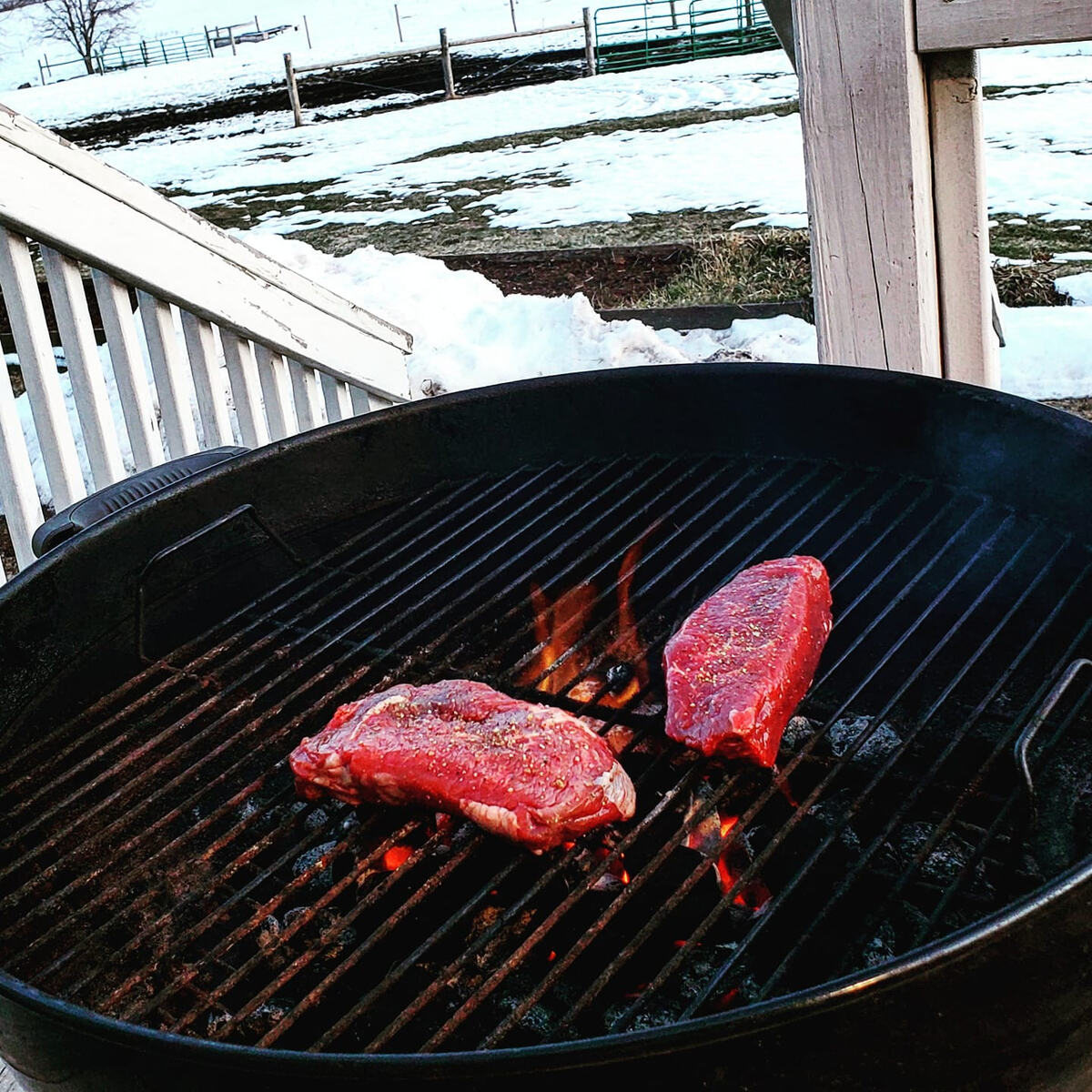
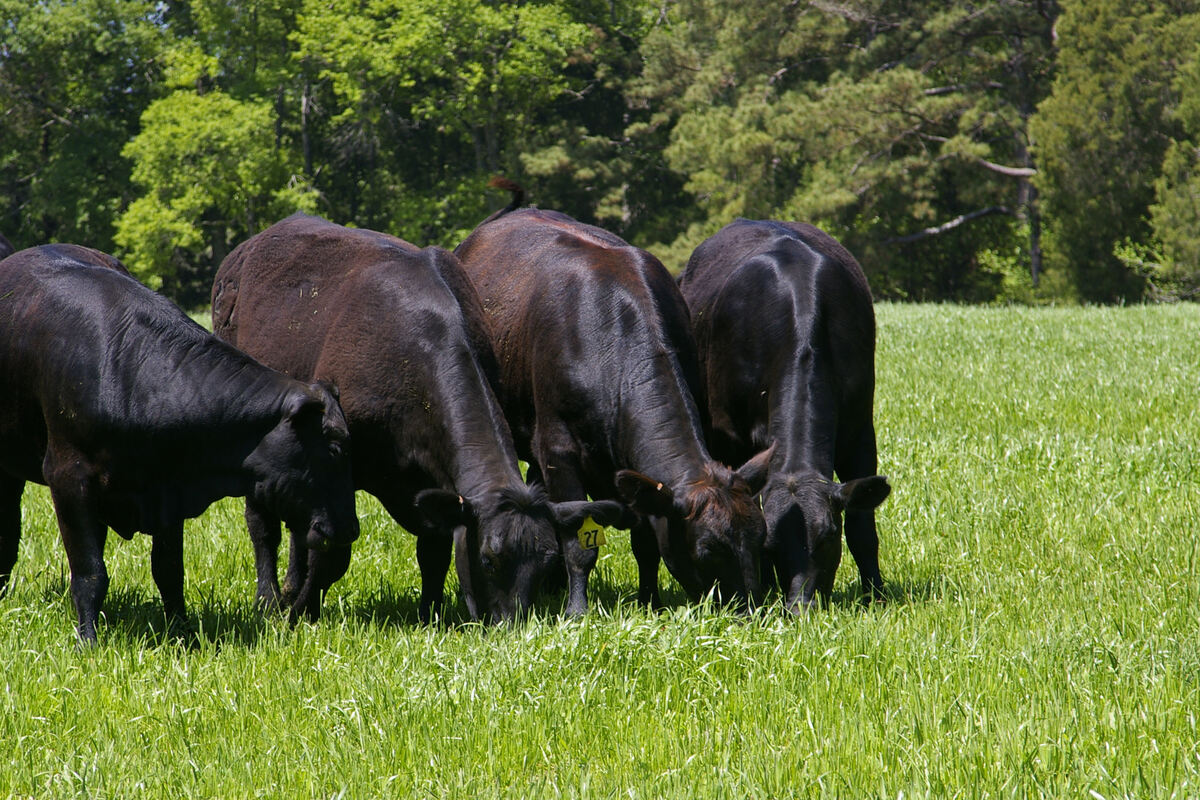
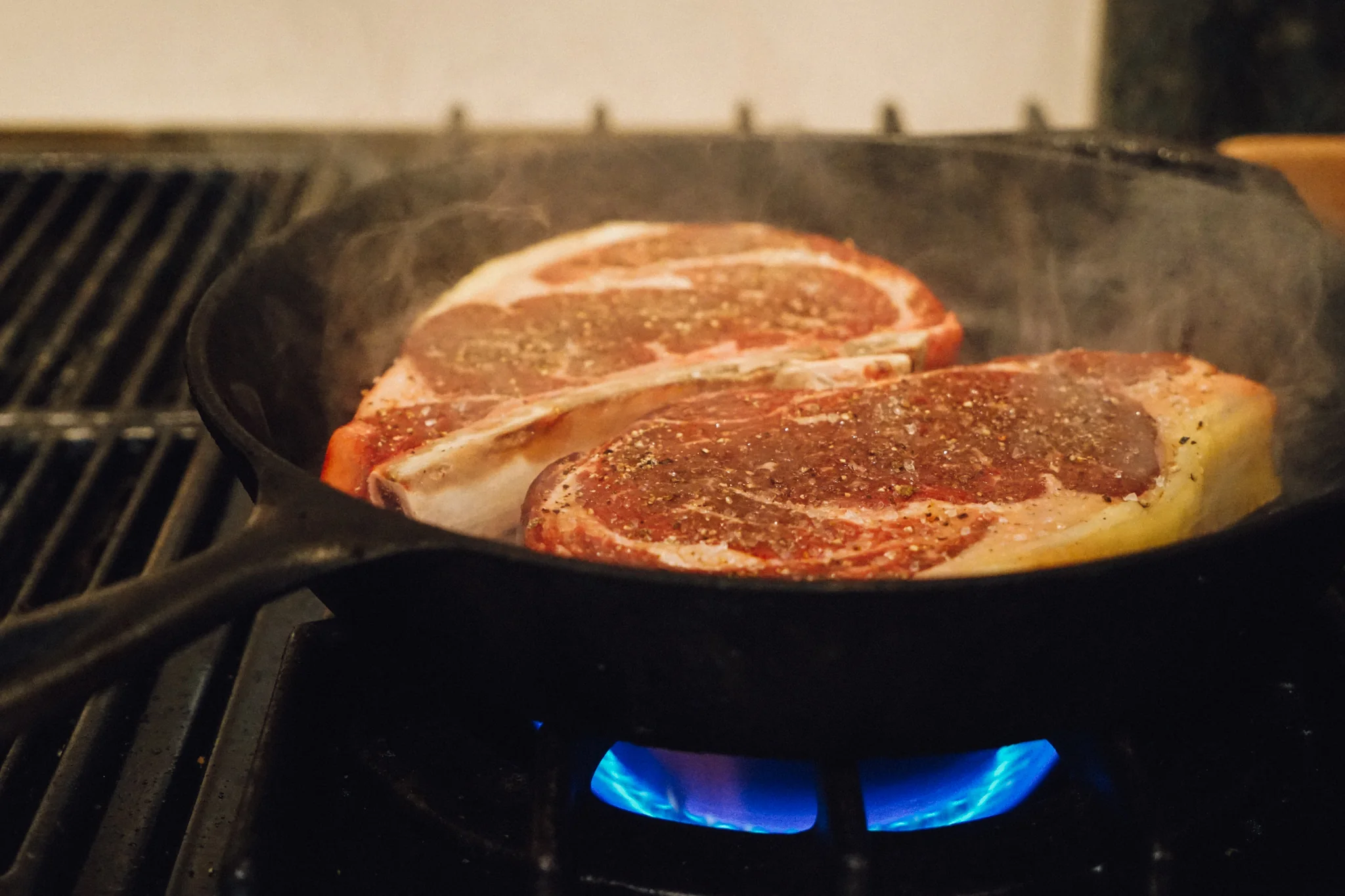
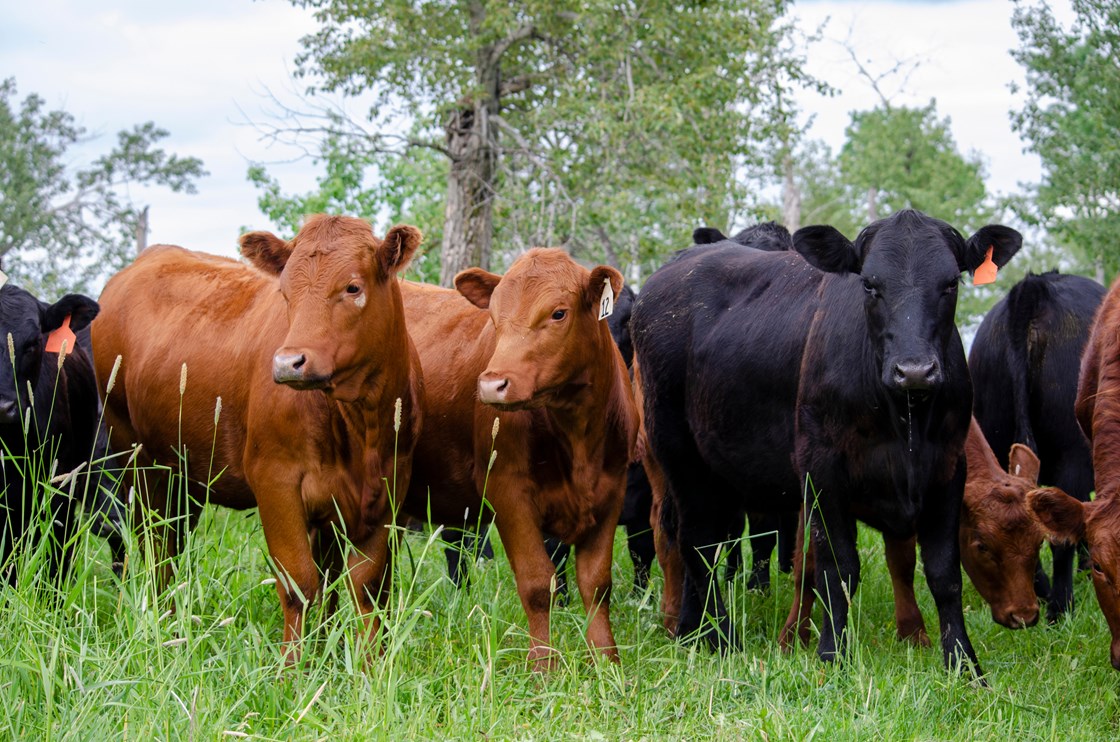
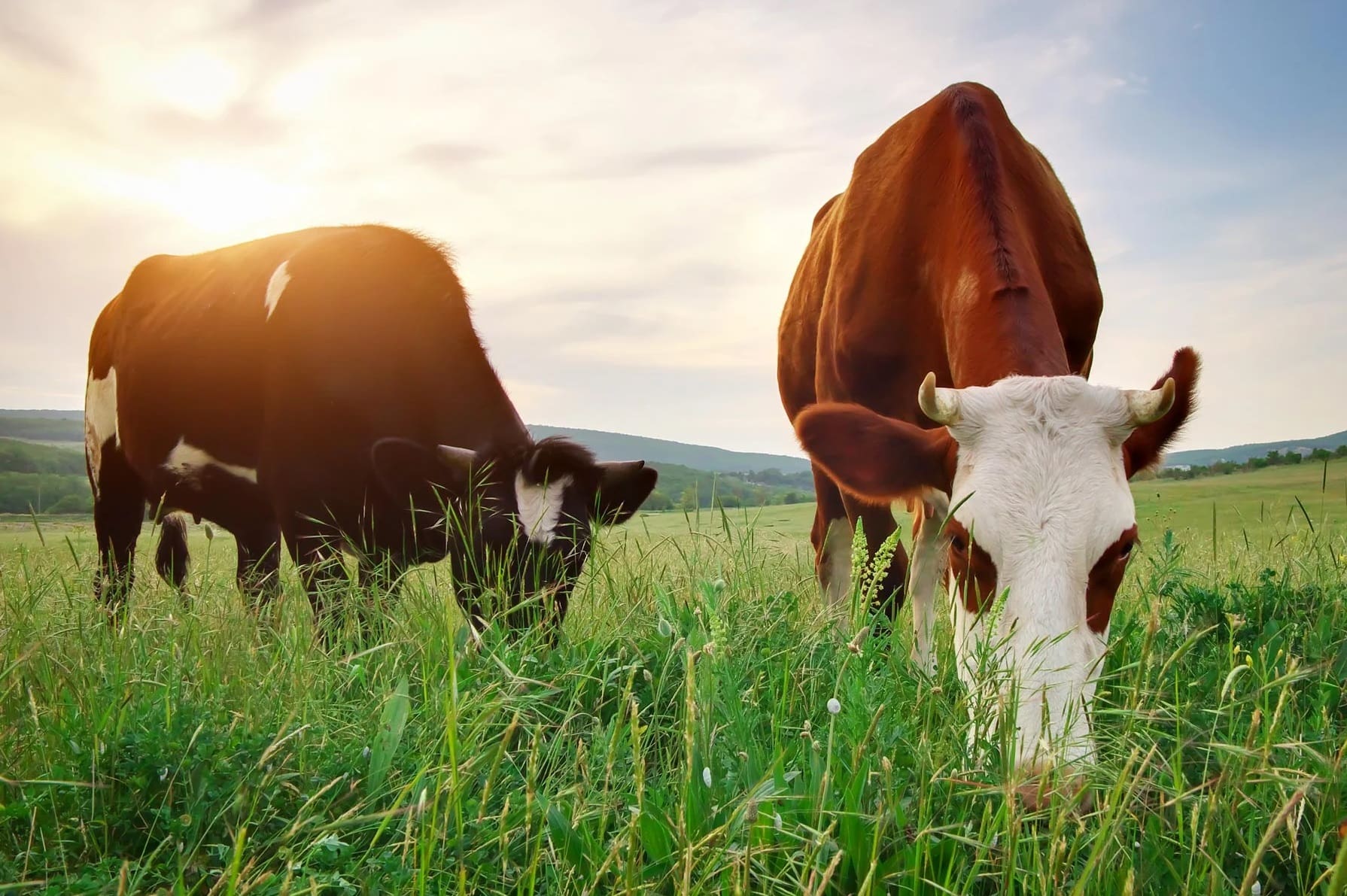
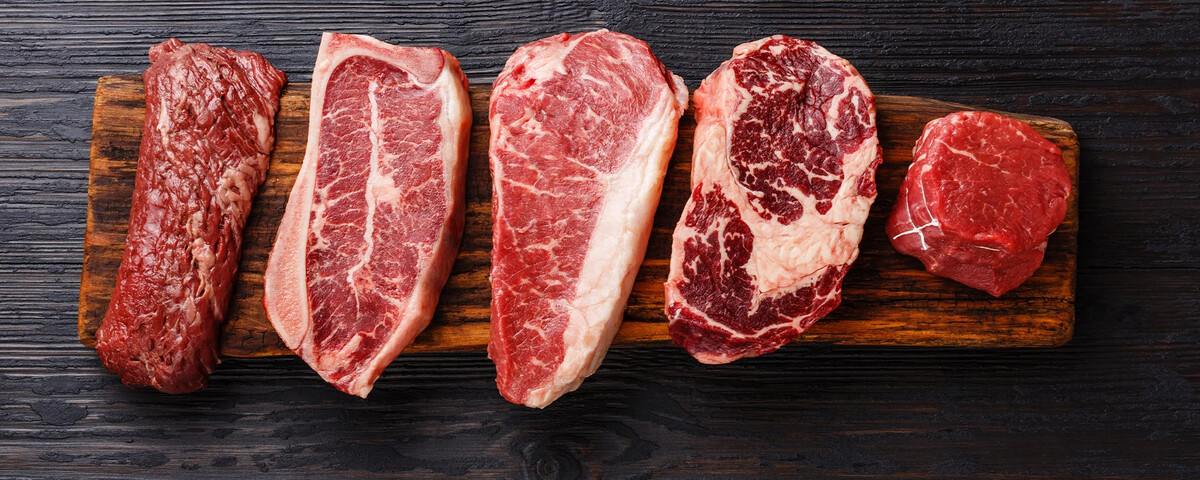


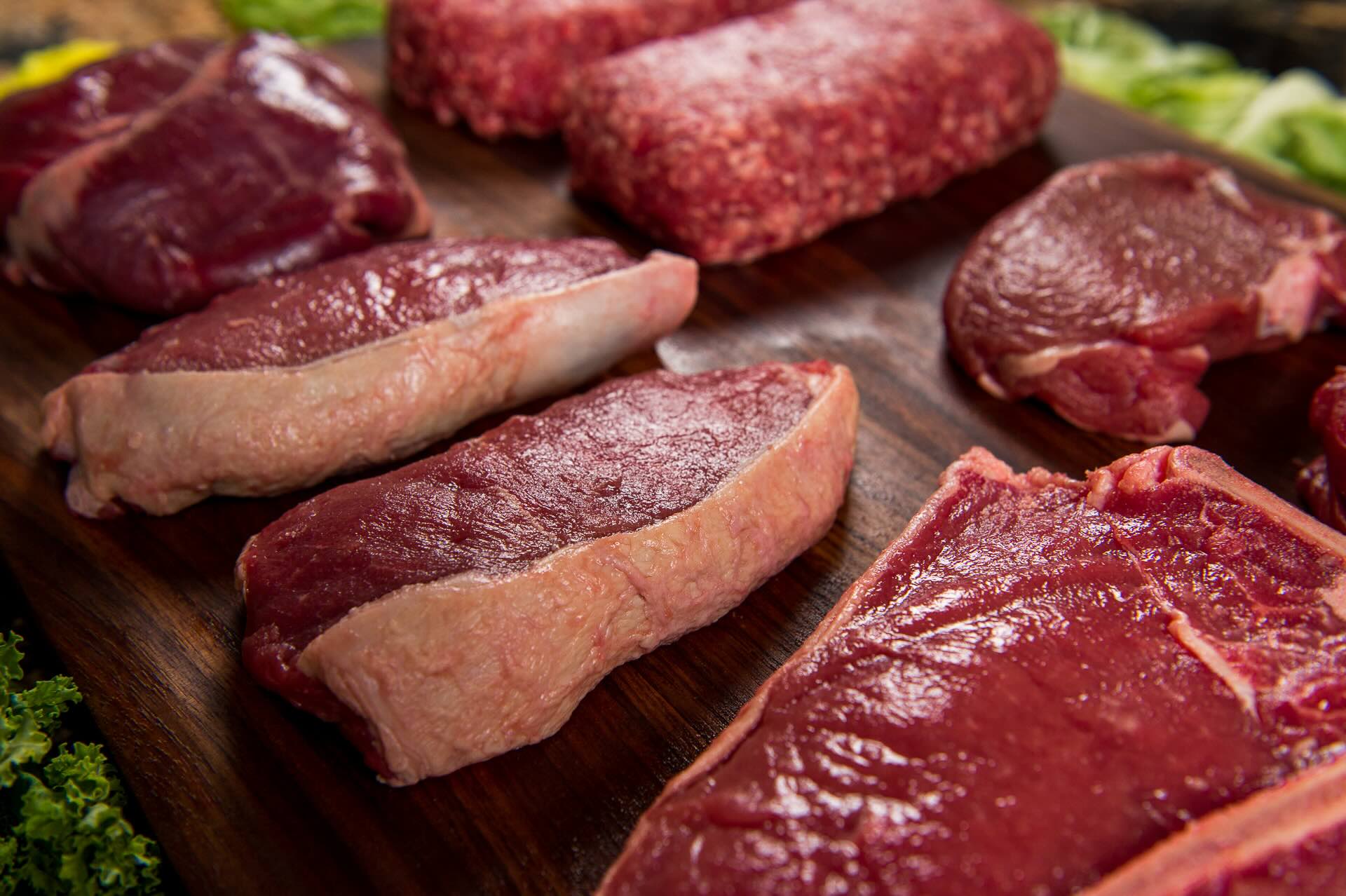
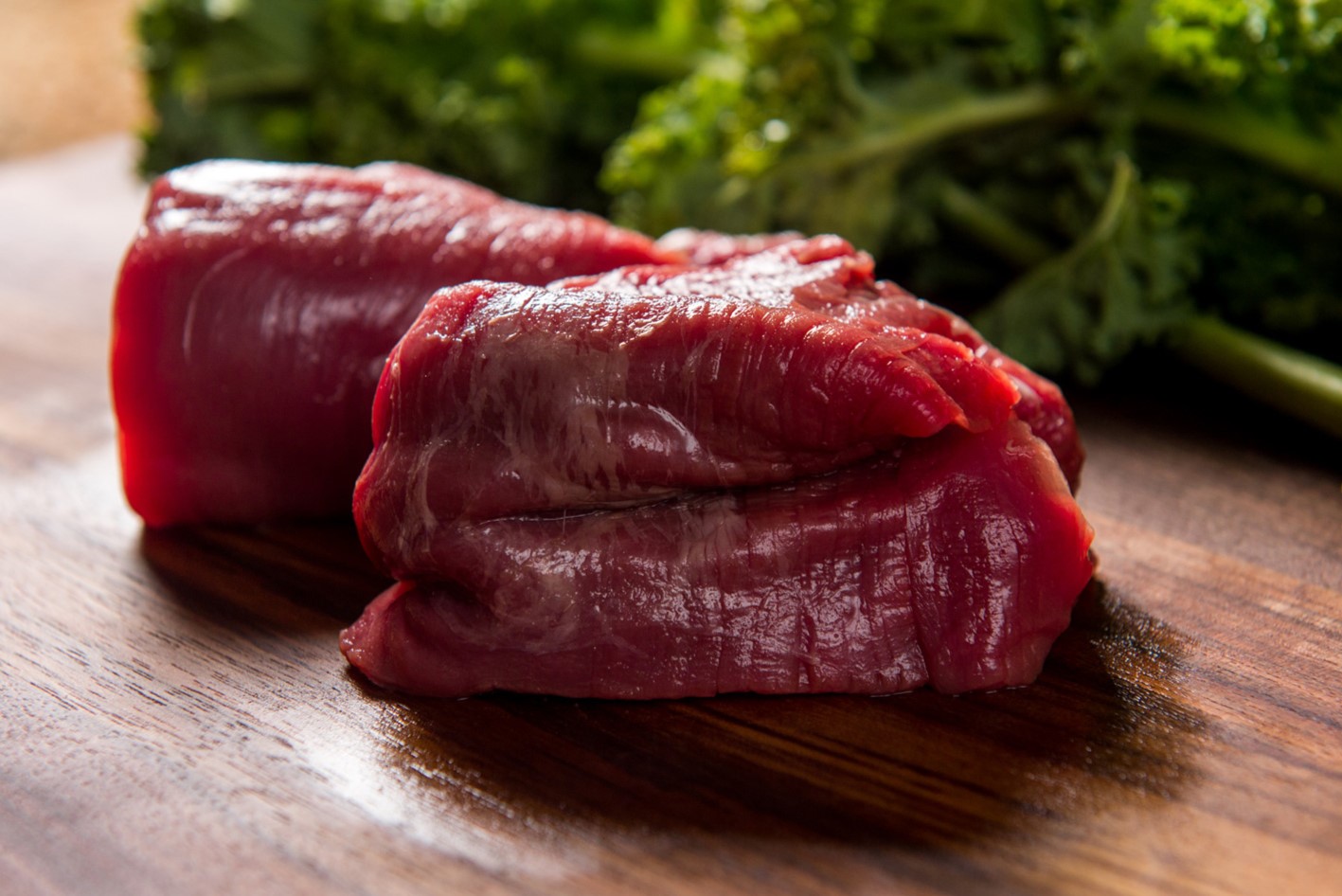
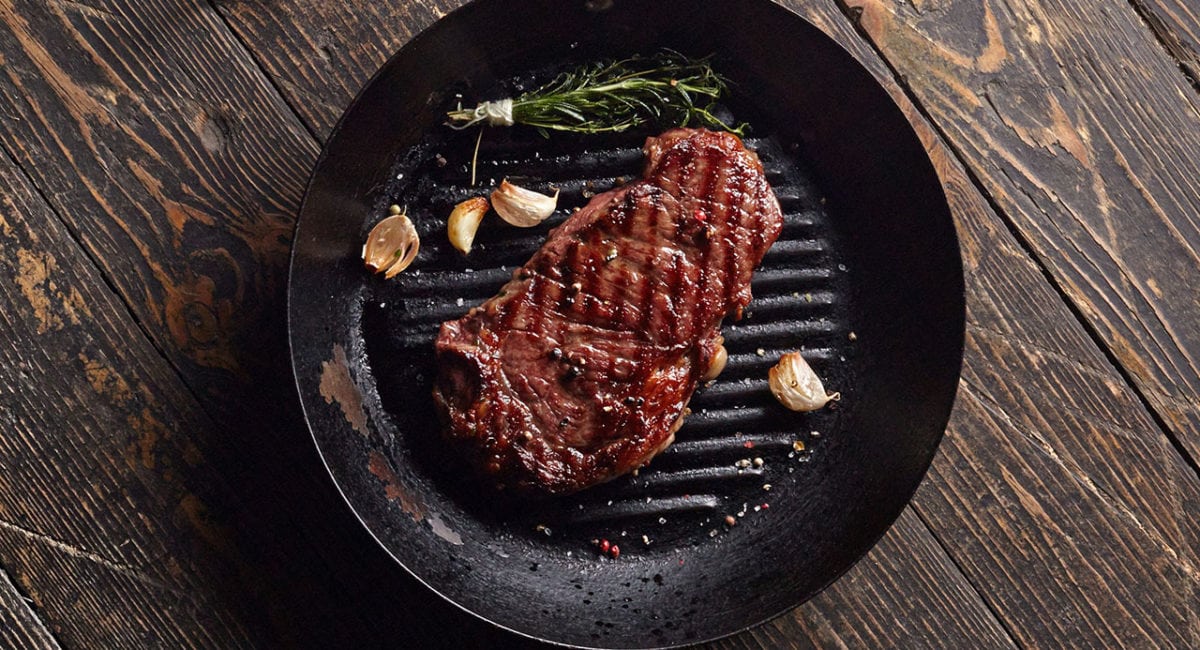
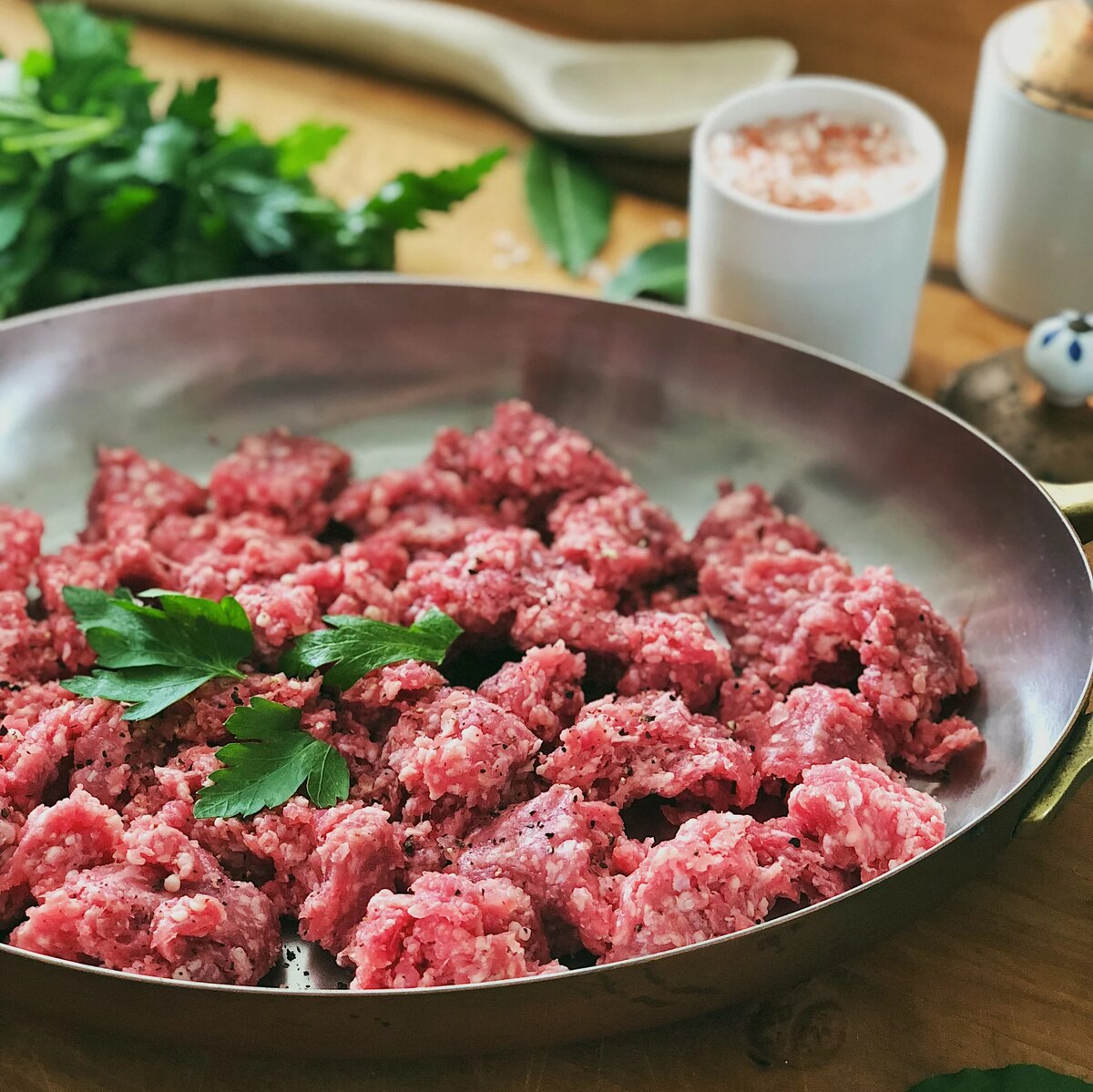
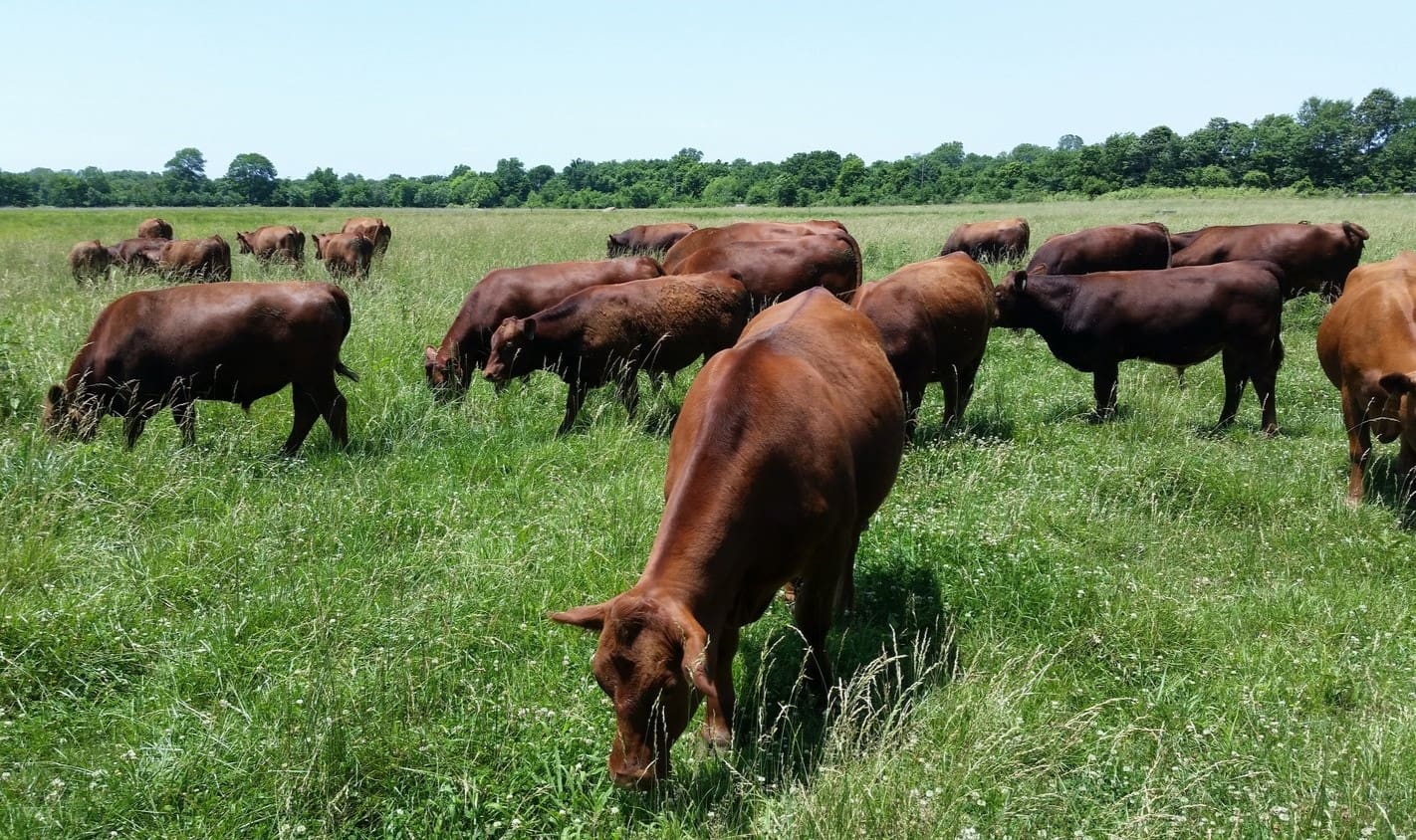
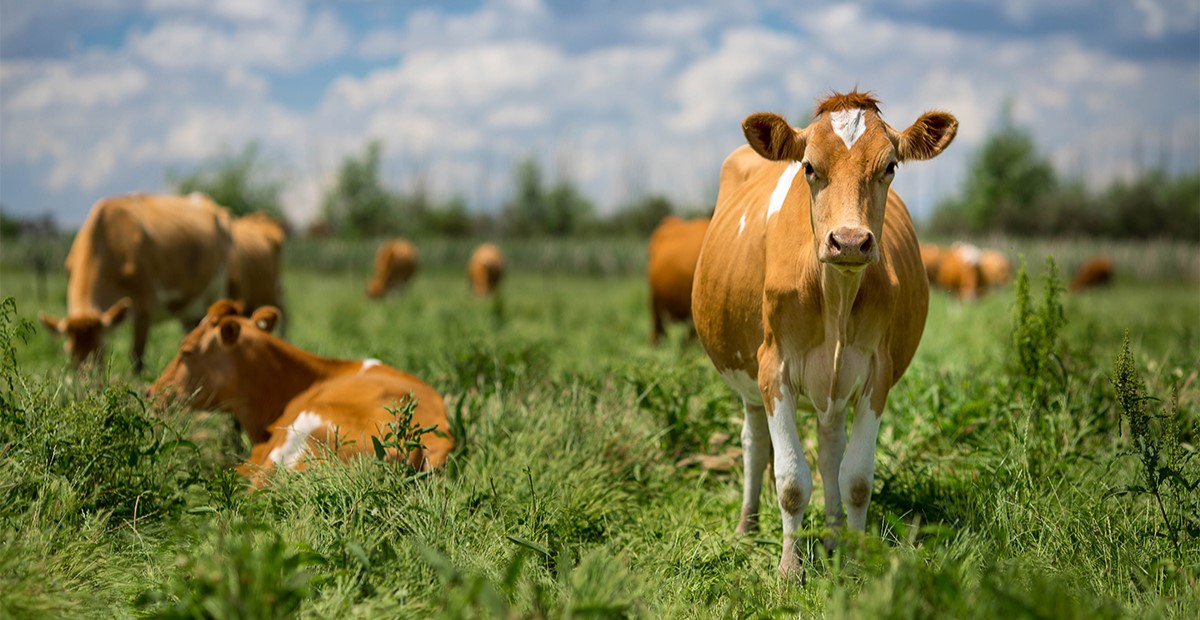

0 thoughts on “How To Cook Grass-Fed Meat”